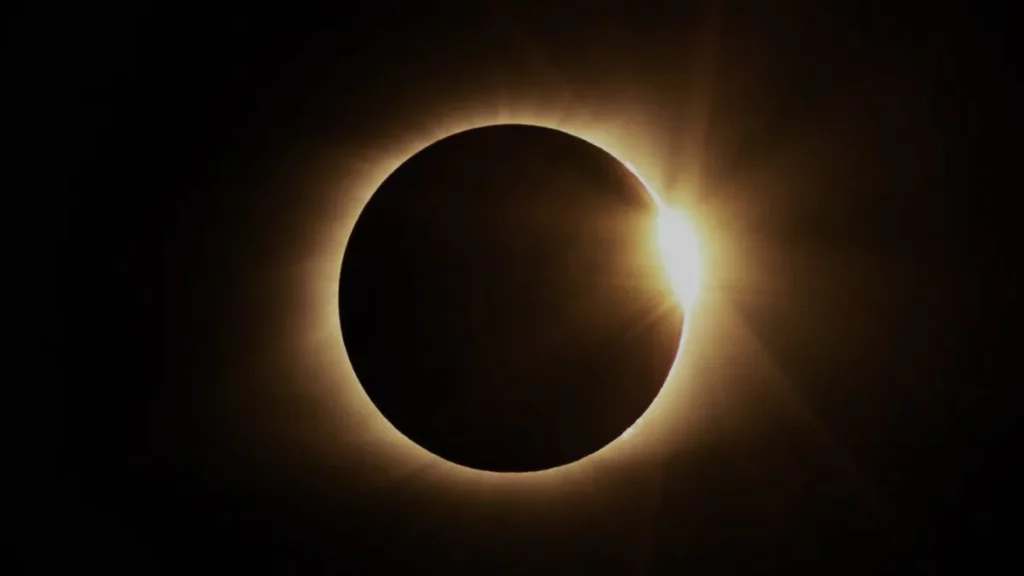Get ready for an extraordinary astronomical spectacle as a rare hybrid solar eclipse approaches, the first in almost a decade.

The event occurs when the moon passes in front of the sun, causing parts of Australia, East Timor, and Indonesia to experience either a total or an annular eclipse, depending on their location relative to the moon.
The hybrid solar eclipse will begin at 10:37 p.m. ET on Wednesday and last until about 1:56 a.m. ET, with the greatest totality occurring for just over one minute in Timor at 12:16 a.m. ET. The eclipse, also known as an annular-total eclipse, is created by Earth’s curvature and the path of the event. Due to their proximity to the moon, some areas will see a total eclipse, while others will experience an annular eclipse, where the moon appears smaller than the sun.
During a total eclipse, the moon’s central and darkest shadow, known as its umbra, causes a brief darkening of the sky, while an annular eclipse is caused by the moon’s antumbra shadow. Both types of events appear as partial eclipses at the beginning and end, due to the moon’s orbit.
A hybrid solar eclipse occurs when the moon is at just the right distance for both the umbral and antumbral shadow to reach Earth. At the middle of the eclipse path, the antumbral shadow will create an annular eclipse, and the umbral shadow will create a total eclipse. However, these conditions are rare, as the distance between the sun and moon is continuously changing.
Dr. Michael Kirk, the principal investigator of NASA’s Heliophysics Education Activation Team, said that this eclipse is a little bit difficult, as not much of it will pass over land, and most people will only see a partial eclipse. A wider portion of the world will experience a partial eclipse, including southeast Asia, East Indies, Australia, Philippines, and New Zealand.
However, there are still ways to safely view the eclipse. During a total eclipse, there is a brief moment, totality, where it is safe to look without the proper eye protection. For all other instances, proper eclipse glasses are required. If you don’t have access to eclipse glasses, Kirk recommends a pinhole projector, which can be easily made by poking a small hole in a piece of paper or cardboard and holding it up to the sky.
Eclipses offer a unique perspective on our place in the solar system, and the next hybrid solar eclipse is expected in 2031. After that, it will likely not occur again until over 100 years later in 2164, according to NASA. Don’t miss out on this incredible event; seeing a total solar eclipse is something you’ll tell your grandkids about!
Also Read: Apple Card Users Can Now Grow Their Daily Cash with New High-Yield Savings Account



